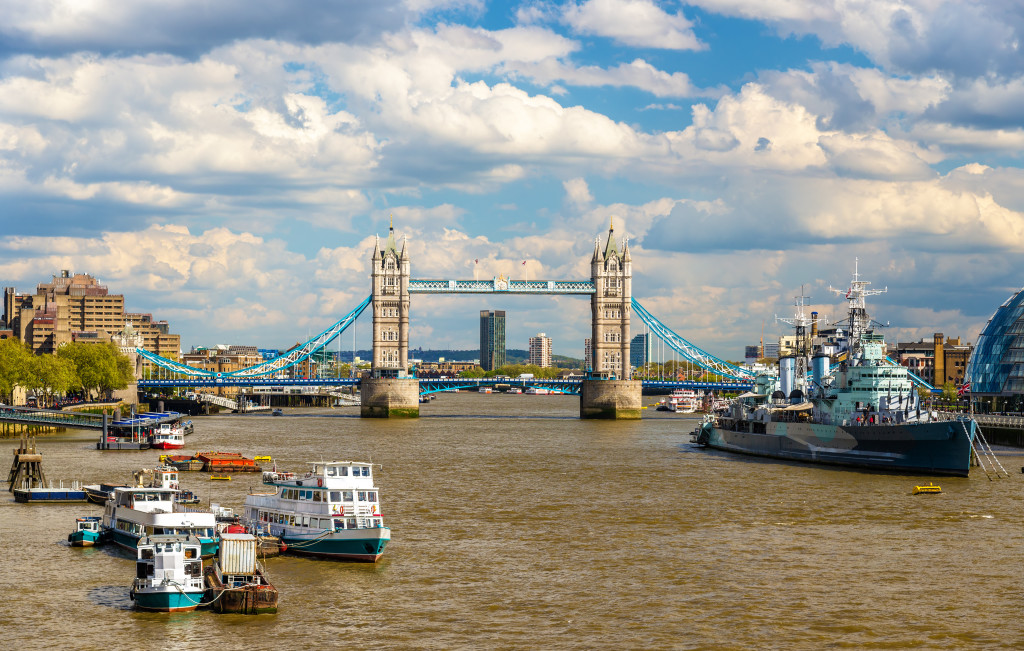Take a walk over Tower Bridge or gaze at the Thames from the apex of the London Eye, and you’ll see brown waters seething with boat traffic. It’s hard to believe that such a river could be capable of supporting significant life, and indeed, 50 years ago, the capital’s waterway was so polluted that scientists declared it biologically extinct.
However, half a century later, Joanna Barker from the Zoological Society of London (ZSL) says that the Thames’ appearance is misleading. As ZSL’s European Conservation Project Manager, she claims that beneath the river’s murky waters, the Thames is full of life. “We have a huge range of fish and invertebrates, and also top predators,†she says.
Between 2004 and 2014, ZSL asked members of the public to contribute to their Thames Marine Mammal Survey, and the recently published results prove the truth of Barker’s statement.
The survey reports no fewer than 2,732 marine-mammal sightings in the Thames in the last 10 years, proof that environmental efforts to restore the river’s water quality have been successful. Seals were seen most often, with 1,080 harbor seal sightings reported in addition to 333 grey seals and 823 seals whose species could not be determined. Sightings were particularly common around the business district’s Canary Wharf, where skyscrapers give office workers an excellent view of the river below.
Dolphins and porpoises were also seen with surprisingly regularity and accounted for 444 of the survey’s sightings, while the remaining reports included 49 whales and three otters. Amazingly, many of these sightings took place a considerable distance upstream, with seals seen as far inland as Hampton Court Palace. In 2006, a pod of bottlenose dolphins was spotted at Deptford, while a group of eight harbor porpoises visited the area around Kew Gardens in 2009.
A bottle-nosed whale was seen in Central London in 2006, but unfortunately died soon thereafter. Generally, the healthiest whales were spotted closer to the coast, near Gravesend. Although the Thames Marine Mammal Survey relied solely on public reports, scientific research conducted by ZSL supports the survey’s findings. For the last three years, the organization has been monitoring seal populations in the Thames, and now estimates that there are around 670 harbor seals living in the river.
In 2011, a routine fisheries survey revealed that a colony of rare short-snouted seahorses also calls the Thames home. Barker hypothesizes that the river’s amazing biodiversity stems from the fact that “it is quite sheltered compared with the North Sea, and there is a whole different range of environments and habitats for the marine mammals to use.†The frequency of predator sightings in the last 10 years suggests that the river now supports an ample supply of fish, a sure indication of improved water quality.
So, while the Thames’ poor visibility and heavy boat traffic mean that the river may never become a popular dive destination, it is nevertheless a fantastic example of a thriving, urban aquatic ecosystem, and potentially, a great place for unexpected wildlife sightings. Above all, the river is proof that with the correct care, even the most polluted waterways are capable of restoration to their former natural glory.
The post The Rebirth of London’s River Thames appeared first on Scuba Diver Life.

